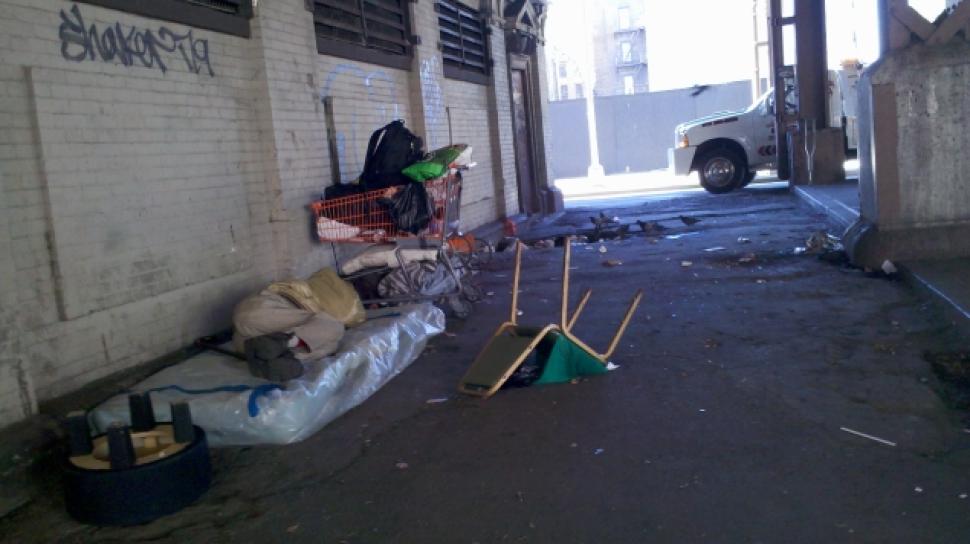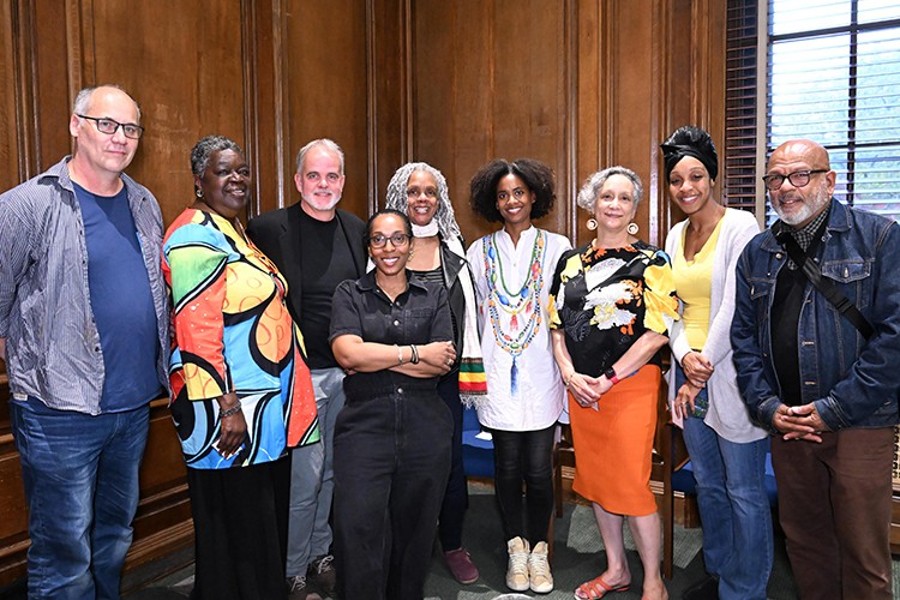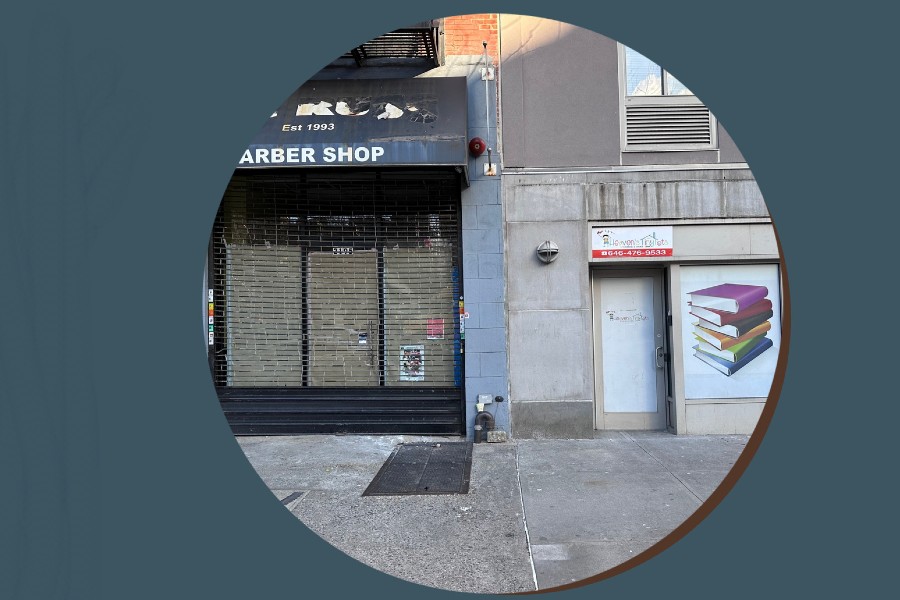 New York City, in what will mark the single biggest investment of the de Blasio administration to fight homelessness, plans to create 15,000 additional units of housing that will be paired with social-service support, an initiative estimated to cost about $3 billion.
New York City, in what will mark the single biggest investment of the de Blasio administration to fight homelessness, plans to create 15,000 additional units of housing that will be paired with social-service support, an initiative estimated to cost about $3 billion.
The move comes as months of talks between Gov. Andrew Cuomo and the city on a joint program have failed to come to fruition. Mayor Bill de Blasio was set to announce his initiative Wednesday morning.
The city’s homelessness problem has developed as one of the biggest political and policy challenges for Mr. de Blasio, well predating his election two years ago yet nevertheless worsening on his watch. About 58,000 people now are in the city’s shelter system, and residents have complained about the seemingly rising numbers of people living on the streets.
Supportive housing isn’t a new way to address homelessness for New York City, though City Hall’s planned new investment takes the approach to a new level. Under such programs, people pay a portion of their income or monthly support from the city or state rent—about 30%—and they are provided with services such as substance-abuse counseling and some medical care, plus the housing.
The city plans to support the construction of 7,500 new supportive-housing apartments over the coming years, giving nonprofit groups and developers subsidies and tax credits to do so. Another 7,500 units will come online as the city converts existing apartments to the supportive-housing network.
Development will cost about $2.6 billion, including $1 billion in city subsidies to developers. The city will spend hundreds of millions more to provide social and health services for the residents.
“In the past, supportive housing has enabled the shelter population to stabilize and even be reduced,” said Steven Banks, head of the Human Resources Administration. “We see this as a way to provide stability to help people get off the streets, help get people out of the shelters and find a permanent solution for housing.”
Similar programs over the past two decades have produced about 15,000 units total, according to the city, and they have been funded by the city and state. In 2005, a program called NY/N3 brought online 9,000 units over 10 years and was largely paid for by the state. Programs in 1990 and 1998 also were split between the city and the state.
Mr. Banks declined to say why the state wasn’t working with the city on the latest venture but said he hoped for cooperation in the future.
“As the governor has said many times, the state stands ready to help the city address the homelessness crisis,” said a Cuomo spokeswoman.
Advocates say Albany’s decision to cut the Advantage rent-subsidy program in 2011 caused more homelessness in New York City.
The new supportive-housing initiative isn’t likely to make an immediate dent in the city’s homeless population. New housing units will take at least 18 months to build, and the program will be rolled out over 15 years.
Over the past two years, Mr. de Blasio has been a target of criticism for his handling of the homelessness problem, and polls suggest voters believe the city’s quality of life is eroding.
“The nature of the 2013 campaign primed people for the disorder dimension: crime, homelessness, dirty streets, all of these things,” said Ken Sherrill, a professor emeritus at CUNY-Hunter. “The perception that the general quality of life is diminishing hurts the mayor. It makes it easier for someone to run against him and run a campaign of “I told you so.”
In recent months, Mr. de Blasio’s administration has announced programs on the homelessness issue—to pay for attorneys to help people avoid eviction and to expand the number shelter beds available.
Advocates say supportive housing is the best option for fixing the problem long-term because it moves people from shelters or other difficult living situations. Mr. Banks said about 85% of the people who are moved into supportive housing remain housed.
Advocates at the Corporation for Supportive Housing, a nonprofit involved in the issue, have said New York needs more than 30,000 new units of supportive housing and has pushed for Mr. Cuomo to commit state funding.
“It would be impossible to overstate the significance of the mayor funding 15,000 units of supportive housing,” said Mary Brosnahan, president and chief executive of the Coalition for the Homeless. “This is the only thing that will make an impact.”
City officials hope forging ahead will pressure Mr. Cuomo to also put money toward supportive housing. New York state Assemblyman Andy Hevesi, a Queens Democrat, said 133 members of the Assembly have signed a letter to Mr. Cuomo, urging more state support for such projects.
“It’s now time for Gov. Cuomo to rise to the occasion,” Mr. Hevesi said.
Become a Harlem Insider!
By submitting this form, you are consenting to receive marketing emails from: Harlem World Magazine, 2521 1/2 west 42nd street, Los Angeles, CA, 90008, https://www.harlemworldmagazine.com. You can revoke your consent to receive emails at any time by using the SafeUnsubscribe® link, found at the bottom of every email. Emails are serviced by Constant Contact








